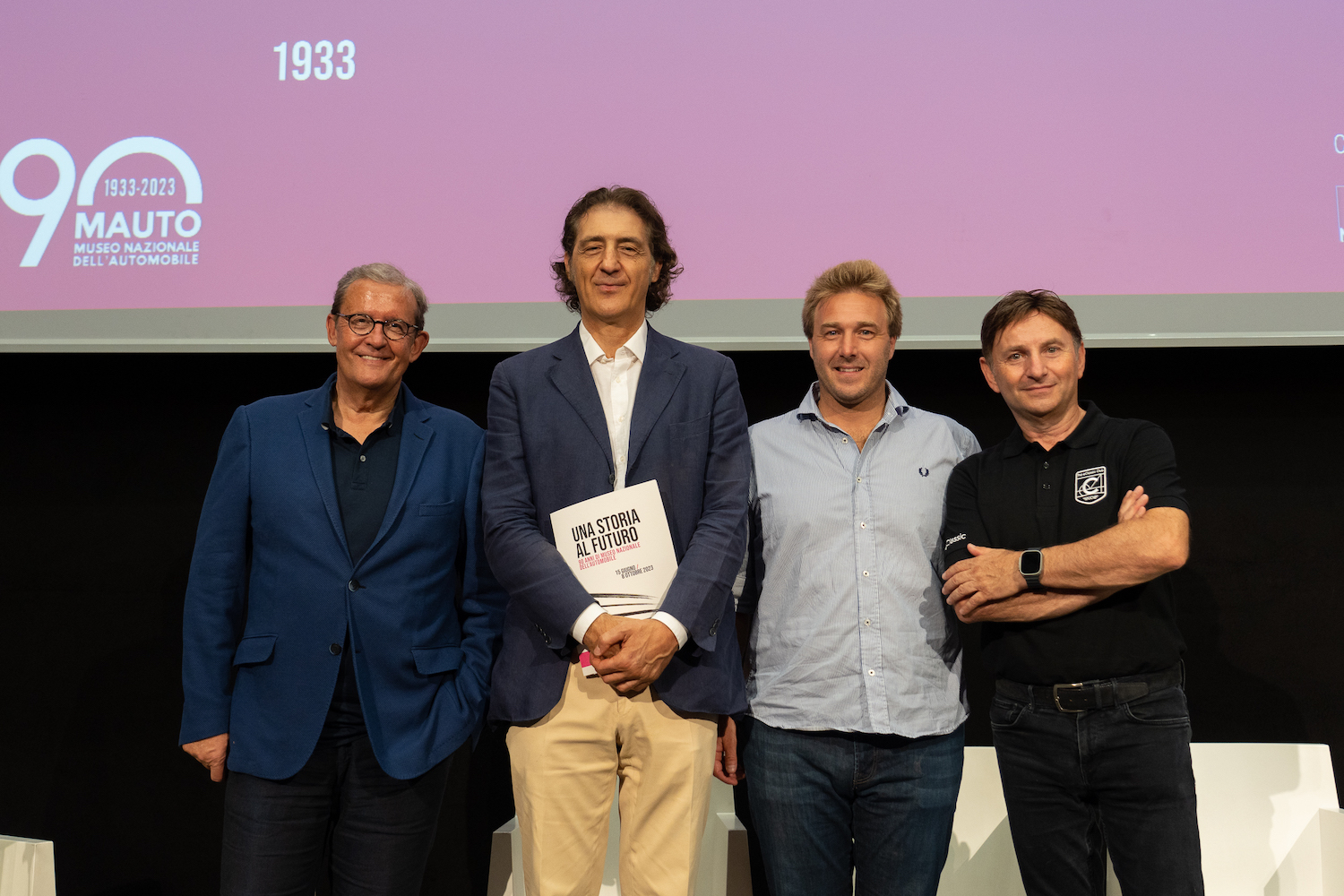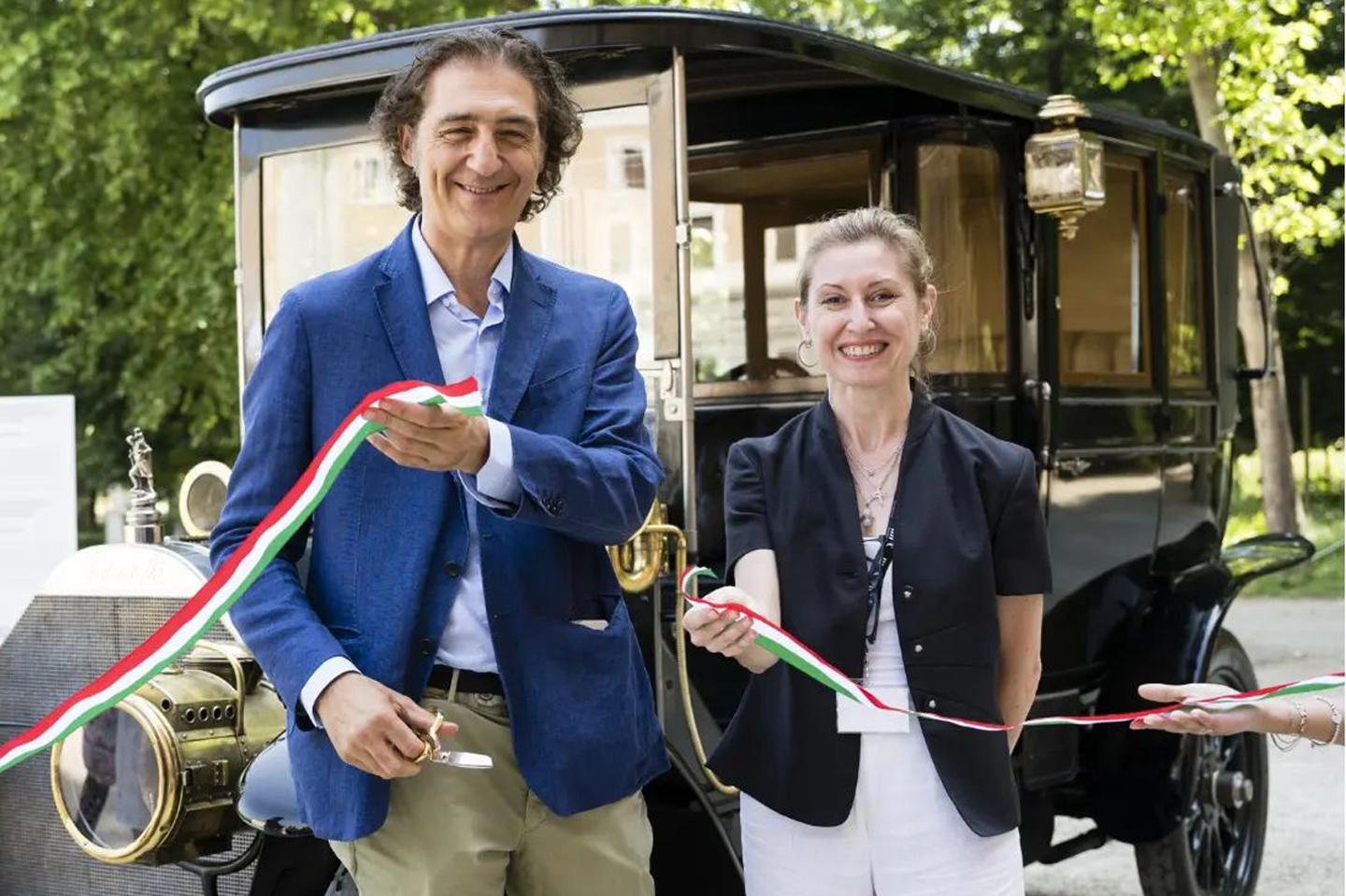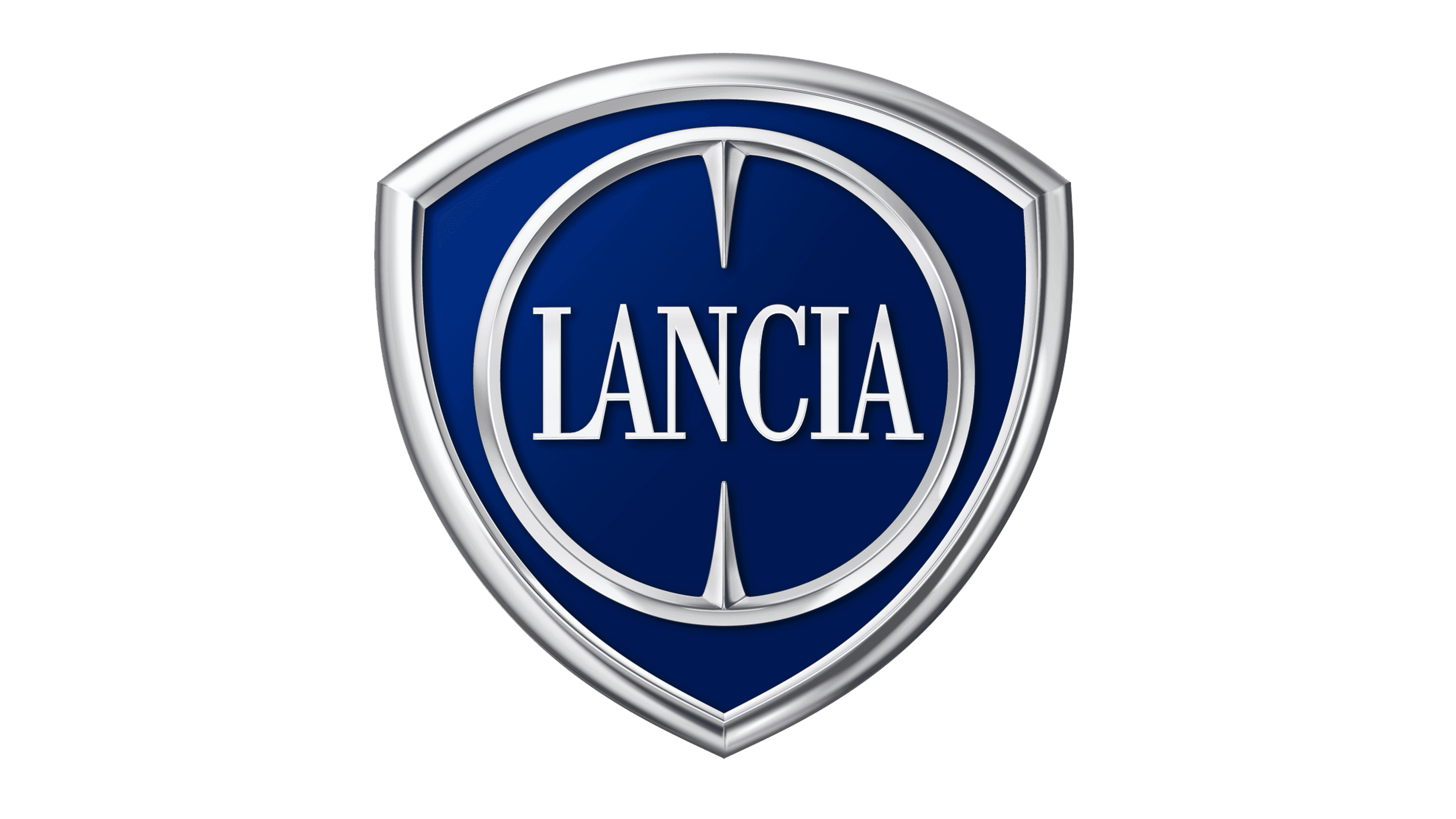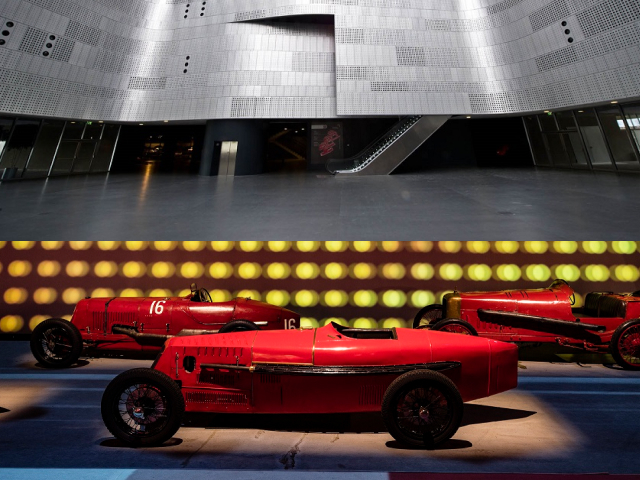MAUTO and Roarington: one more big news. The digital twin of the Lancia D24 has arrived. Not to be missed.
03 February 2024 3 min read 4 images
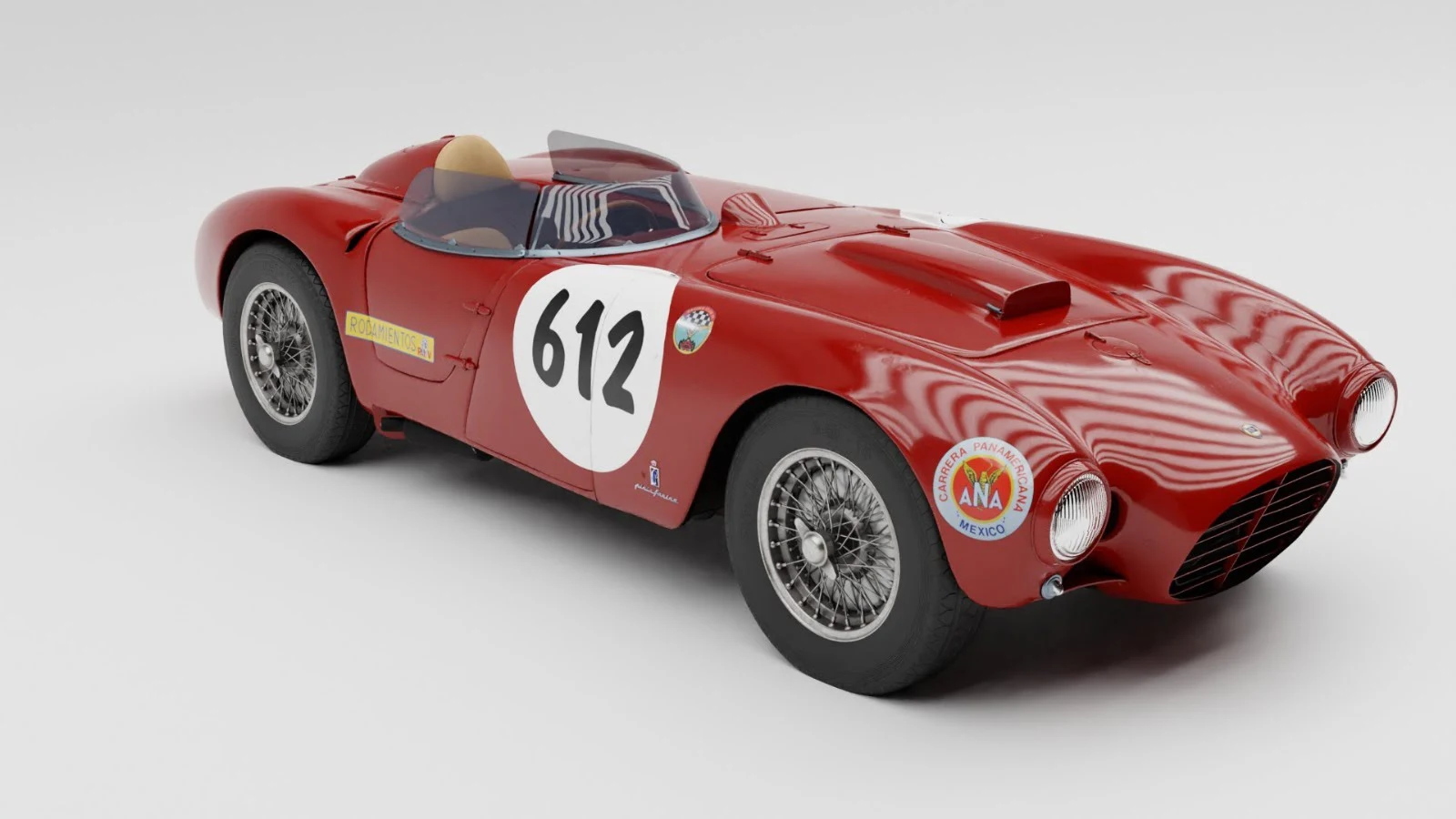
Photo credit: Mauto, Stellantis Heritage
Lancia D24, the queen of Lancia's brief yet glorious adventure in the 1950s, has finally arrived to Roarington in the Mauto virtual showroom.
Register to unlock this article
Signing up is free and gives you access to hundreds of articles and additional benefits. See what’s included in your free membership. See what's included in your free membership.
Already have an account? Log In

